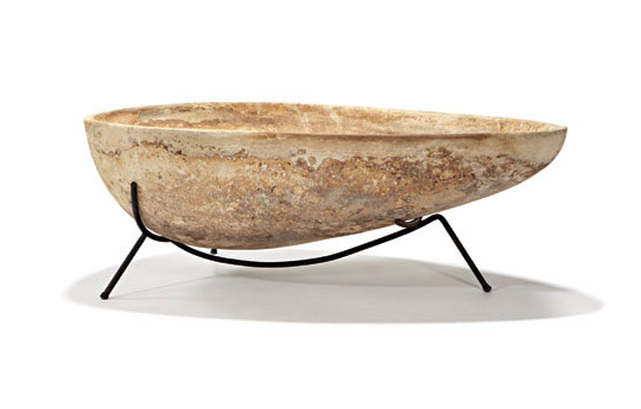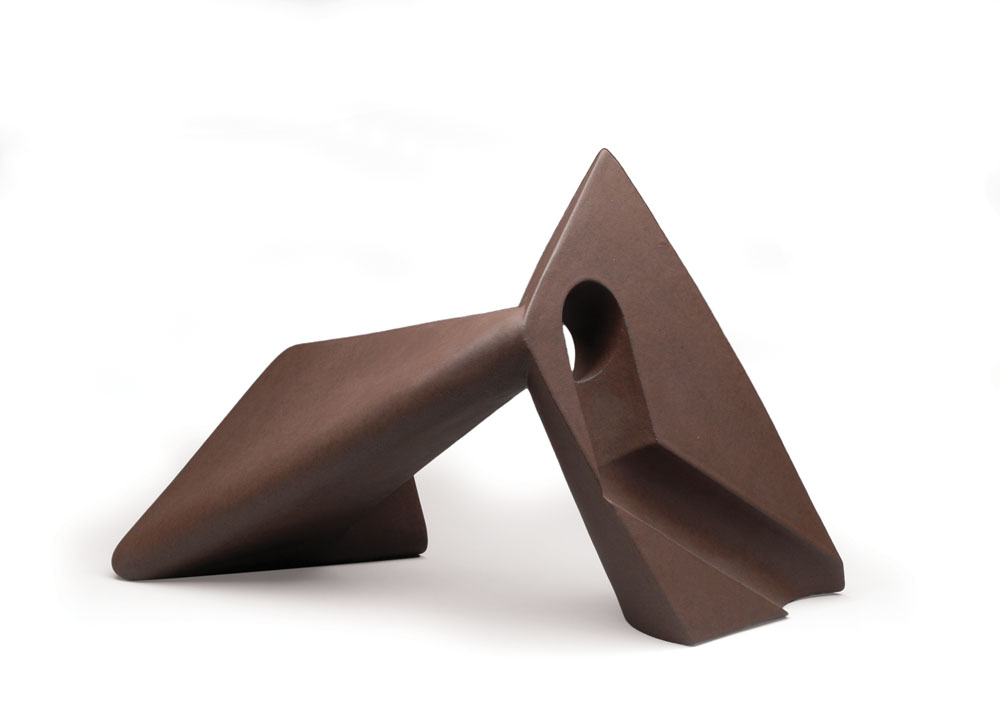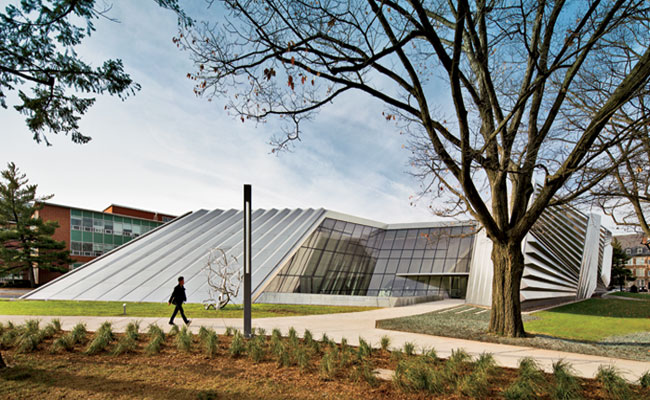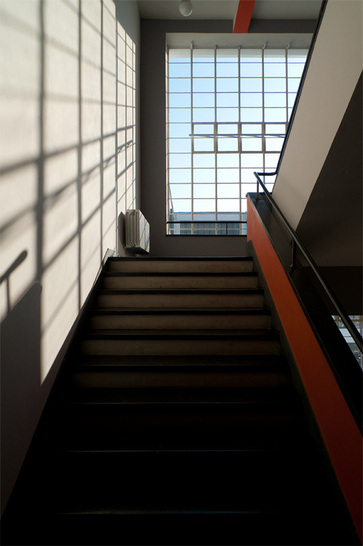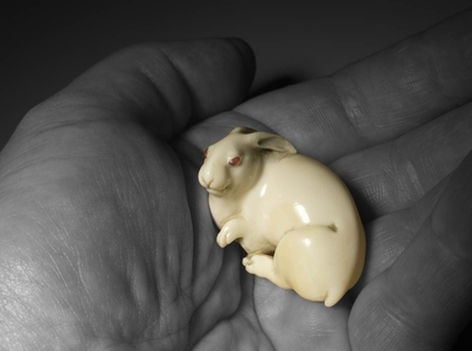|
The Eli and Edythe Broad Art Museum is the art museum of Michigan State University. Also an engaged public institution, the Broad MSU is a contemporary museum devoted to the exploration and exhibition of significant art from around the globe. This international focus is supported also by the contextualizing of contemporary art within the history of art by virtue of our historical collection. The Broad MSU is a place where artists’ ideas, words, and actions create a vibrant center for questioning and understanding the modern world.
Dedicated to experimentation and study, the Broad MSU is a laboratory for the new, grounded in a deep appreciation for the historical. With a historic collection containing objects from the Greek and Roman periods, through the Renaissance, and on to the Modern, the Broad is unique among contemporary art museums in its ability to frame the broad range of contemporary art practices within a firm historical context. Designed by Pritzker Prize-winning architect Zaha Hadid, the museum features a striking façade of pleated stainless steel and glass, signaling the museum and the university’s dynamic vision. More than 70 percent of the 46,000-square-foot facility is dedicated to exhibition space. The museum is named for Eli and Edythe Broad, longtime supporters of Michigan State University, who provided the lead gift for the museum. http://broadmuseum.msu.edu Two years ago, I was in the midst of preparing body and mind for a research trip to Germany. One of the many highlights was an extremely short yet transformative trip to the Bauhaus in Dessau. Traveling to this location was a revelation that has informed my research since. I was one of perhaps a dozen visitors ,that particular rainy June day, and the privacy and subsequent lack of staff oversight allowed for much contemplation and exploration, some permitted and much prohibited. My intention is not to describe the details of the trip, but to convey a feeling of being within the halls of this hallowed institution. Simply put, it was melancholic, I felt wistful as I walked the corridors alone. I imagined the life, the energy that once flourished therein, now absent. Sipped coffee while sitting in a Wassily chair in the Bauhaus cafe. Beautiful.
If you like the work of Robert Ryman, Ken Price, Cy Twombly, Giorgio Morandi, Donald Judd and Damien Hirst, among others, the New York gallery debut of Edmund de Waal may appeal. Mr. de Waal is best known for his poignant, beautifully written, if sometimes overly precious, family memoir, “The Hare With Amber Eyes.” He also has a deep training in and love for the art, craft and history of ceramics that, over the last two decades or so, has been overtaken by the ambition to be an installation artist. He is now becoming known for a series of sleek shallow shelving units — large or small in black or white — arrayed irregularly with anywhere from 6 to nearly 500 small delicate cylindrical porcelain vessels, also black or white. NY-TIMES (link to full article below)
|
